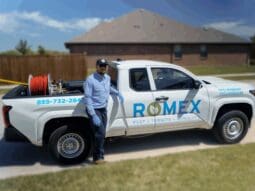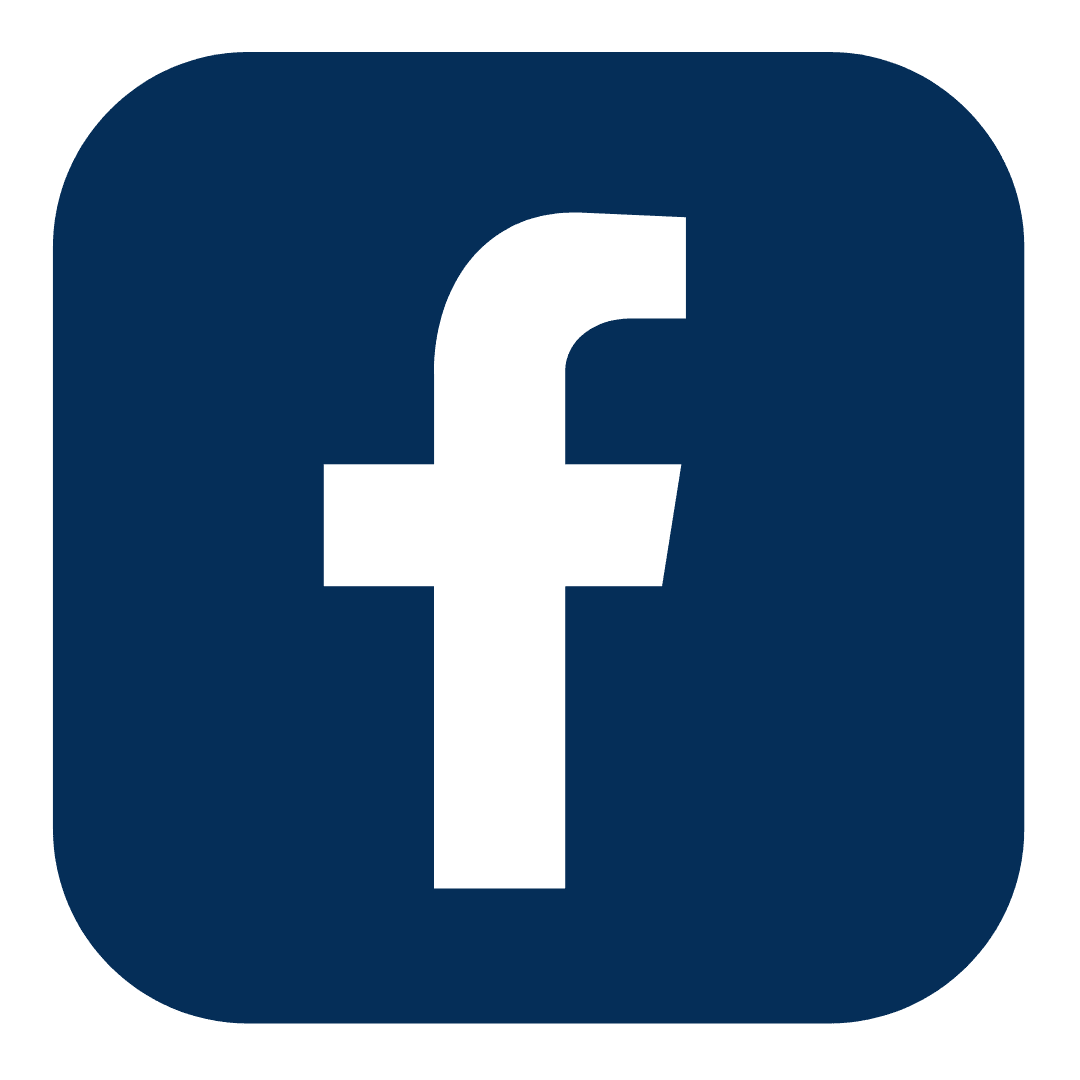
Pest Control Decision Factors for Your Home Business
As a pest control company servicing home-based business owners, we understand the unique challenges that come with managing both a living space and a workspace under one roof. One such challenge that can significantly disrupt peace and productivity is pest infestation. From the common nuisances like ants, spiders, and mice to more daunting pests like termites, ensuring our homes remain pest-free is crucial not only for our comfort but also for the professionalism and hygiene of our business environment.
Navigating the world of pest control can seem overwhelming, but it's essential for protecting our investments and health. Whether it's implementing general residential pest control measures or considering more specialized services like termite removal or fumigation, being informed about our options can make a world of difference. With the right approach, we can create a safe, pest-free space that supports both our living and business needs.
Understanding the Need for Pest Control For Your Home-Based Business
The Impact of Pests on Your Business
Pests pose a significant threat to the integrity and operations of home-based businesses. Not only do they compromise the health and safety of the living and working environment, but they can also directly impact business productivity and reputation. For instance, the presence of pests like rodents and insects can damage inventory, interfere with electronic equipment, and contaminate products, leading to financial losses. Moreover, for businesses that require client meetings at home, a pest-infested environment might deter potential clients, thus affecting the business's professional image and client trust. In essence, effective pest control becomes crucial to safeguarding both the physical assets of a home-based business and its brand reputation.
Identifying Common Pests
Understanding the types of pests that could invade home-based workspaces is the first step towards implementing an effective pest control strategy. Common pests include ants, spiders, and mice, known for their ability to find their way into even the most well-kept spaces. Ants, for example, can infiltrate office areas in search of food, while spiders may nest in corners or under furniture, causing distress and potential harm to those with allergies. Mice, on the other hand, not only spread disease but can also cause physical damage to wires, documents, and other essential business materials. Identifying these pests promptly allows for timely intervention, ensuring that the home-based business environment remains healthy, safe, and conducive to productivity.
Setting Up Your Pest Control Strategy
Choosing Between DIY and Professional Services
When setting up a pest control strategy for your home-based business, one of the first decisions we face is whether to go the DIY route or hire professional services. Each option has its benefits and challenges, and the right choice depends on several factors, including the severity of the pest issue, the type of pests involved, and our budget.
DIY pest control can be a cost-effective solution for minor pest problems. It involves purchasing pest control products from local stores or online and applying them according to the instructions. This approach allows us to address issues as soon as we notice them, potentially preventing minor problems from becoming major infestations. However, it's crucial to select the right products and use them safely to avoid harm to ourselves, our families, and our business operations.
On the other hand, professional pest control services offer expertise and access to more potent treatments not available to the general public. These services can be particularly valuable for dealing with complex pest issues or when pests pose a significant threat to our business’s operations and reputation. Professionals can also provide ongoing pest management plans to prevent future infestations, ensuring our workspace remains pest-free over the long term.
Preventative Measures to Keep Pests Away
Preventative measures form the backbone of any effective pest control strategy, especially for home-based businesses. Investing time and effort into preventing pests can save us significant trouble and expense down the line. Here are key preventative steps we can take:
- Seal Entry Points: Inspect the exterior of our home for cracks, gaps, and holes that pests could use to enter, focusing on areas around doors, windows, and utility entries. Sealing these openings with caulk, steel wool, or weatherstripping can significantly reduce the likelihood of pests finding their way inside.
- Maintain Cleanliness: Pests are attracted to food and water, so keeping our workspace clean and free of food debris is essential. Regularly vacuuming, wiping down surfaces, and disposing of garbage can make our home-based business less inviting to pests.
- Manage Outdoor Areas: Overgrown vegetation or standing water near our home can attract pests. Trimming bushes, mowing the lawn, and eliminating sources of stagnant water can help discourage pests from setting up camp close to our business.
- Store Food Properly: In businesses where food is present, such as home-based bakeries or catering services, proper food storage is vital. Using airtight containers and refrigerating perishables can prevent attracting pests with food odors.
By combining these preventative measures with the right approach to addressing active infestations, whether through DIY methods or professional services, we can establish a comprehensive pest control strategy. This approach not only keeps our home-based business environment healthy and productive but also protects our business's reputation, ensuring we're ready to welcome clients or customers into a pest-free space.
Financial Aspects of Pest Control
Estimating the Costs
When considering the financial aspects of pest control for home-based business owners, it's crucial to start by estimating the costs involved. These costs can vary significantly depending on whether one opts for DIY pest control methods or professional pest management services. DIY methods might seem more cost-effective initially, as they involve purchasing products directly from stores and applying them independently. However, it's essential to consider the potential need for repeated applications and the risk of inefficiency if the pests aren't eradicated successfully. On the other hand, professional services, while potentially more costly upfront, provide expertise and potent treatments that often result in a quicker, more effective resolution. Additionally, the type and severity of the pest infestation play a substantial role in determining the overall cost. For instance, treating a minor ant problem will likely be less expensive than eradicating a widespread termite infestation. We recommend obtaining quotes from several providers to get a clear picture of the costs involved in addressing the specific pest issues affecting your home-based business.
Budgeting for Regular Pest Management
Budgeting for regular pest management is an essential step in maintaining a pest-free environment for your home-based business. Regular pest control isn’t just a reactionary measure—it's a proactive way to prevent infestations before they start, protecting your business’s reputation and the comfort and safety of both your clients and yourself. To effectively budget for pest management, consider setting aside funds for routine inspections and treatments, which can vary in frequency from monthly to quarterly, depending on your business’s needs and the local pest pressure. This might include allocating funds for both preventive measures, like sealing up potential entry points and maintaining a clean and tidy work environment, and for professional pest control services when necessary. Additionally, setting up an emergency fund for unexpected infestations can ensure that you’re prepared to act quickly, minimizing the impact on your business operations. By incorporating these strategies into your budget, you can establish a well-rounded pest control plan that safeguards your home-based business from potential pest-related disruptions.
Opportunity Costs of DIY Pest Control
In our journey to maintain a pest-free environment for home-based businesses, we've encountered numerous factors influencing our decisions on pest management. One crucial aspect that deserves attention is the opportunity costs associated with DIY pest control methods. Understanding these costs is essential for home-based business owners weighing the choice between tackling pest issues on their own or enlisting professional services.
First, consider the time investment required for DIY pest control. Time spent researching pests, buying products, and applying treatments is time away from core business activities. For entrepreneurs, time is a valuable commodity, and every hour spent on pest control could represent missed opportunities for generating revenue, engaging with customers, or expanding the business.
Equipment and supplies for DIY pest control also contribute to opportunity costs. Although it might seem that purchasing your own pest control supplies is cost-effective, the initial outlay can be significant. Additionally, without expert knowledge, selecting the correct products can be a challenge, potentially leading to ineffective treatments and the need for repeat applications. This not only escalates costs but can also result in a prolonged pest problem, affecting the business's operations and reputation.
Moreover, the risk of incorrectly applying treatments poses health and safety concerns. Misuse of pest control chemicals or failure to adequately address an infestation can have serious implications, possibly jeopardizing the well-being of the business owner, their family, and their clients. The consequent impact on the business’s reputation and customer satisfaction can translate to financial losses far exceeding the costs of professional pest control services.
Deciding to manage pest control personally comes with these hidden opportunity costs that, when overlooked, can undermine the efficiency and profitability of a home-based business. Professional pest control services offer expertise, efficiency, and peace of mind, allowing business owners to focus on what they do best – growing their business. Understanding these costs is crucial in making an informed decision that aligns with the business's long-term success and operational health.
Maintaining a Clean and Orderly Workspace
Understanding the potential challenges and costs associated with DIY pest control, we turn our attention to proactive measures. Maintaining a clean and orderly workspace is paramount for home-based business owners aiming to minimize pest attraction and infestation risks.
Firstly, adopting regular cleaning practices significantly reduces the likelihood of pests. This includes daily sweeping and vacuuming, which removes food particles and debris that could attract pests. Ensuring food is stored properly and waste is disposed of promptly further diminishes the appeal of your workspace to unwelcome visitors.
Additionally, clutter control is a critical aspect of pest management in a home-based setting. Cluttered spaces provide breeding grounds for pests, offering them numerous hiding spots. By organizing work materials and minimizing unnecessary clutter, you drastically reduce the pest harborage areas within your workspace.
It's also essential to conduct routine inspections of your workspace. Pay close attention to entry points, such as windows and doors, and seal any cracks or gaps that could serve as entry points for pests. Ensuring proper ventilation can also deter pests since many thrive in damp environments.
Incorporating pest-resistant materials and furniture can serve as a long-term investment toward maintaining a clean and pest-free workspace. For example, metal filing cabinets and desks are less attractive to pests like termites and rodents compared to wooden alternatives.
By prioritizing cleanliness and orderliness, home-based business owners can create an environment that’s less appealing to pests. This proactive approach not only contributes to a more professional and comfortable workspace but also aligns with the long-term success and operational health of your business.
8 Factors That Affect Pest Control Prices For a Home-Based Business
When considering pest control options for a home-based business, understanding the factors that influence pricing is crucial. Here are eight critical elements to consider.
1. Type of Service
The specific pest control service needed plays a significant role in determining the cost. General maintenance services for prevention can differ in price from more specialized services, such as termite treatment or fumigation. Opting for eco-friendly or green pest control services might also impact the pricing due to the use of specialized, less harmful pesticides.
2. Frequency of Service
How often you require pest control services will affect the overall cost. Single visits may carry a higher price tag due to the immediate, intensive attention needed, whereas signing up for a recurring service plan often reduces the cost per visit, providing a more cost-effective long-term solution.
3. Location
The geographical location of your home-based business significantly influences pest control costs. Businesses located in areas prone to certain types of pests may find that the cost of preventative measures is higher due to the increased risk of infestation.
4. Type of Pests
The nature of the pest problem itself will dictate the price of pest control services. Common pests like ants and spiders typically require standard treatment plans at a lower cost. In contrast, more challenging pests, such as termites or rodents, necessitate more intensive, and therefore more expensive, extermination methods.
5. Type of Treatment
The method used to eradicate or control pests can vary in cost. Chemical treatments might be less expensive upfront but require more frequent applications, while physical removal techniques or the use of baits and traps may have higher initial costs but provide longer-term solutions.
6. Size of Property
The size of the property needing treatment also contributes to the cost. Larger areas require more time, labor, and materials, which can increase the price. Home-based businesses may benefit from slightly lower costs if the pest control focus is limited to specific areas rather than an entire home.
7. Size of Infestation
The extent of the pest problem impacts the cost of control and eradication. Larger, more established infestations take more resources to manage effectively, thus increasing the price. Early intervention can help keep costs down by addressing pest issues before they grow.
8. Overhead
Finally, overhead costs, including licensing, insurance, and equipment, can play a part in the pricing structure of pest control services. Companies must cover these expenses, which, in turn, influences the rates charged for their services.
Multiple factors contribute to the cost of pest control for home-based businesses. Keeping these elements in mind can help business owners make informed decisions, ensuring that they select the right service for their needs while managing expenses effectively.
In Summary
We've navigated through the essentials of pest control for home-based business owners, underscoring the significance of staying proactive with cleanliness and preventive strategies. It's clear that understanding the factors affecting pest control costs is crucial for making cost-effective decisions. By considering the type of service, frequency, and specific needs of your business, you can ensure your home-based business remains a safe and pest-free environment. Remember, investing in the right pest control service is not just about expense—it's about protecting your business's future and maintaining a healthy, productive workspace.
We hope you enjoy these informational articles. If you'd like to learn more about our eco-friendly pest control services, call (844) 955-2447.
Read More
Your Path to a Pest-Free Home or Business
Romex Pest Control
We are committed to protecting you, your children, and your pets with our eco-friendly, child-friendly, and pet-friendly guaranteed pest control solutions.
Romex Pest Control is fully insured and licensed in Texas, Oklahoma, Louisiana, and Mississippi.
Service Areas:
Hours
M-F 8 am–5 pm
Sat 8 am–2 pm
Sun Closed
Established 2016 © Copyright 2025 Romex Pest Control










